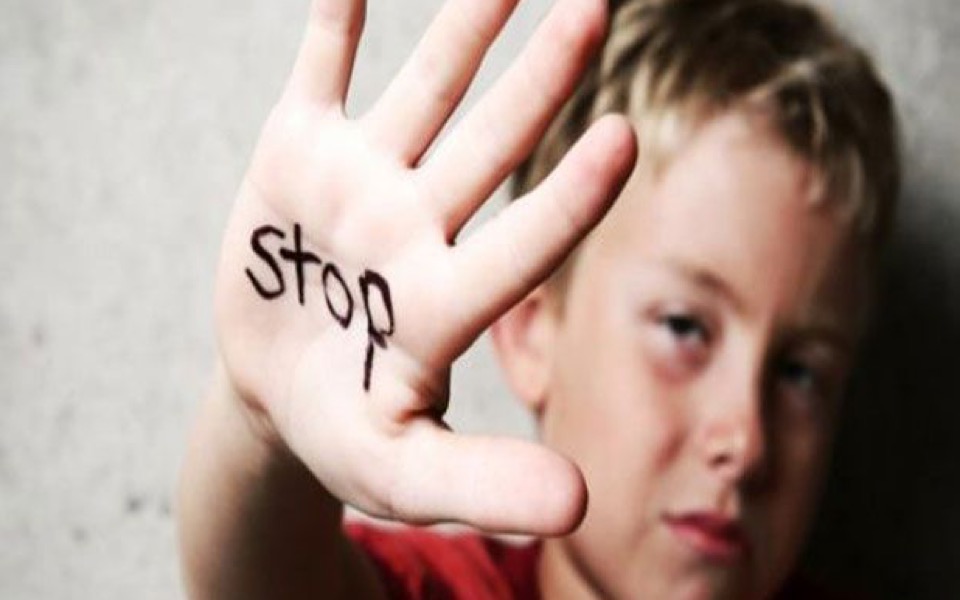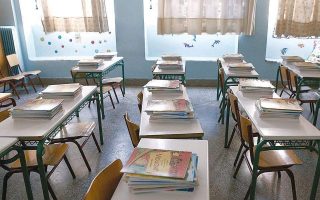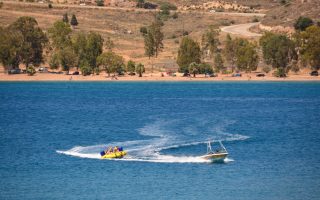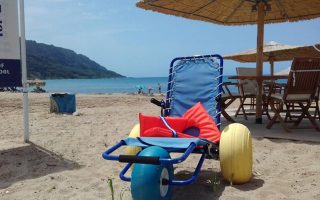Teaching children how to protect themselves against sexual abuse

A new program is soon to be introduced at Greek public schools which aims to teach kids how to defend themselves against sexual abuse. “I bought you a cool tablet, come sit on my knee and let me show it to you.” “You’re too young to wear the upper part of your swimsuit, take it off.” “Give me a kiss, right here.” Which of these are innocent and which are not? If even some adults aren’t quite sure, how can we expect a 5-year-old to know? This is what the “Safe Touches” national school program, geared toward children aged 5 to 9, focuses on.
The Eliza Society for the Prevention of Cruelty to Children came up with the initiative, which is funded by the Stavros Niarchos Foundation. A pilot run of the program is being tested on 2,000 children at schools in Attica and on Crete. Plans are in place to introduce the program to the rest of Greece. “The goal is for us to be in every public school, for a child in Karpathos to get the same information as a kid in Athens,” says child psychologist and managing director of Eliza, Afroditi Stathi.
Today, it is known that one in five children under the age of 18 will experience an instance of sexual abuse at least once during their childhood. Some 45 percent of the victims won’t reveal it for at least five years. Many victims will never speak out about it. It is also known that 90 percent of cases of sexual abuse involve somebody the child knows either in their family or circle of friends.|
It’s been shown that the best way to prevent sexual abuse is to teach children how to say no, and to be confident in their expression.
‘The secret’
“Perpetrators rely on ‘the secret,’ and make the child feel like its their fault. This is something a small child cannot overcome,” explains Stathi. The New York Society for the Prevention of Cruelty to Children has been using the program to teach kids what an unsafe touch is for years. “It is that which makes them feel uncomfortable. We teach them how to protect their bodies, what’s theirs and that they have private parts.
We teach them to say no, and to distance themselves, to tell a trusted grown-up, to make themselves a list of grown-ups they trust so they have an alternative if one doesn’t respond,” says Stathi. How do you talk to children about such things, though? The Safe Touches program uses puppets. “It is created through the eyes of the child and shows them different scenarios which gradually train them for all kinds of instances,” she adds.
While training youngsters, the program also shows parents and teachers how to identify and respond to instances where a child has been sexual abused. “We hear of many cases from teachers who see things but don’t realize that they must report them. Recently a parent came and thanked me, telling me that he had been sexually abused as a child and had not told anybody about it,” Stathi says.





